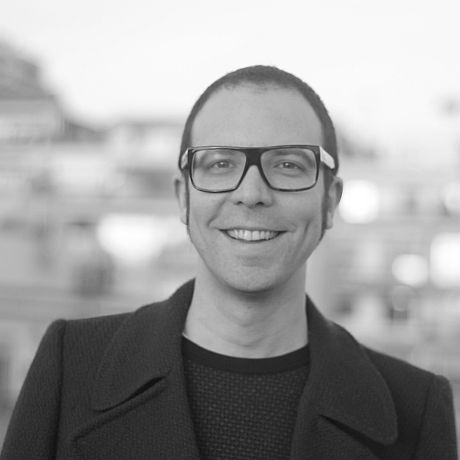The cities within the city
- Culture Folder
- Exhibitions
- Oct 21
- 4 mins

The Centre for Contemporary Culture of Barcelona, from its outset, has thought and rethought the city from all kinds of perspectives. In 2021, the CCCB wished to go one step further and has commissioned the German theatre group Rimini Protokoll, a company with more than twenty years’ experience in immersive theatre. The outcome is Urban Nature, the umpteenth transformation of the urban perspective, which this time has recreated the city, in all its complexities and contradictions, literally inside the museum.
Reflecting on urban life has been a defining characteristic of the CCCB even before laying the first stone. Five years after its official opening, the remodelling of the Casa de la Caritat [Almshouse] was already announced with the project of “The City of Cities”. Since then, as the world’s metropolises have burgeoned in terms of demographics (inhabitants in urban settings have grown from 41% in 1989 to 56% in 2021), the Centre for Contemporary Culture of Barcelona has thought and rethought the city from all kinds of perspectives.
The museum has been visited by the world’s leading architects, urban planners and thinkers, and the city has been seen from the realm of comics, tourism, cinema and literature, with exhibits dedicated to Kafka’s Prague or Magris’ Trieste. Some of these exhibitions have passed into Barcelona’s collective memory on account of their enormously innovative and multidisciplinary nature, and in 2021 the museum sought to take one step further in this vein. To this end, the German theatre group Rimini Protokoll has been commissioned, which is one of Europe’s leading theatre companies in Europe, with more than twenty years’ experience in immersive theatre. The outcome is Urban Nature, the umpteenth transformation of the urban perspective, which this time has recreated the city, in all its complexities and contradictions, literally inside the museum.


The exhibition is a performative installation in which the visitor takes centre stage, inasmuch as they take on various roles in the different spaces that they will walk through.
The result is a performative installation – “a film you can walk through”, so to speak – in which the visitor takes centre stage, inasmuch as they take on various roles in the different spaces that they will walk through. We will visit airport bars, squares in the Ciutat Vella neighbourhood, flats and prisons, with theatre sets, models and live video screenings, all to recreate the metropolitan chaos in the rooms of the CCCB, with groups of visitors coming and going, and noises and experiences that overlap and build up. In Urban Nature we spectators are successively tourists, investors or executives on a board of directors, but also homeless people, immigrants who sleep in social shelters or prison inmates, climbing or sliding down the social ladder in a matter of seconds.
At first hand
Alongside a historian, a Glovo-type entrepreneur, a homeless girl or a mother in a precarious situation who pays the rent by growing marijuana, we will gain a first-hand insight into the intricacies and miseries of the underground economy, we will experience the intersectionality of vulnerabilities that penetrate the urban fabric and we will see how transnational forces have turned the city into an economic battlefield and have transformed it into a product. We will be both victims and executioners, the sellers and those being sold, visitors and expellees, the oppressed and the privileged, in a clash of expectations, violence and contradictions that will force us to constantly put ourselves in the shoes of the other, and to understand the city as an assemblage of overlapping circumstances and experiences.
We know that the exhibition works because we are plagued with questions. Who does the water belong to? What are the suburbs for? How does a minor see the city? Are those who break the rules dangerous, or are the rule makers more dangerous? Is the danger the fact that we are all different? Or is it more dangerous to be all the same?
Urban Nature’s goal is fulfilled because, once we leave the museum, we will stroll through the city with fresh eyes, more observant and more inquisitive.
The absolute truths are increasingly sparse as we step into Urban Nature. Multiple cities within the city emerge, with recent problems, such as the upsurge of couriers and the gig economy, coupled with structural issues such as urban planning from a gender perspective or safety on public roads. And we also identify former debates – perpetual debates – that have earned entire exhibitions at the CCCB, such as the right to housing, which was addressed by the exhibition Pis Pilot [Pilot Flat] in 2015.
Urban Nature’s goal is fulfilled because, once we leave the museum, Rimini Protokoll’s perspective lasts, and, at least for a few hours, we will walk through the city with fresh eyes, more observant, more inquisitive and more empathetic towards the other people with whom we share a community.
Urban Nature, by Rimini Protokoll
CCCB. From 2 July to 19 September
The newsletter
Subscribe to our newsletter to keep up to date with Barcelona Metròpolis' new developments




